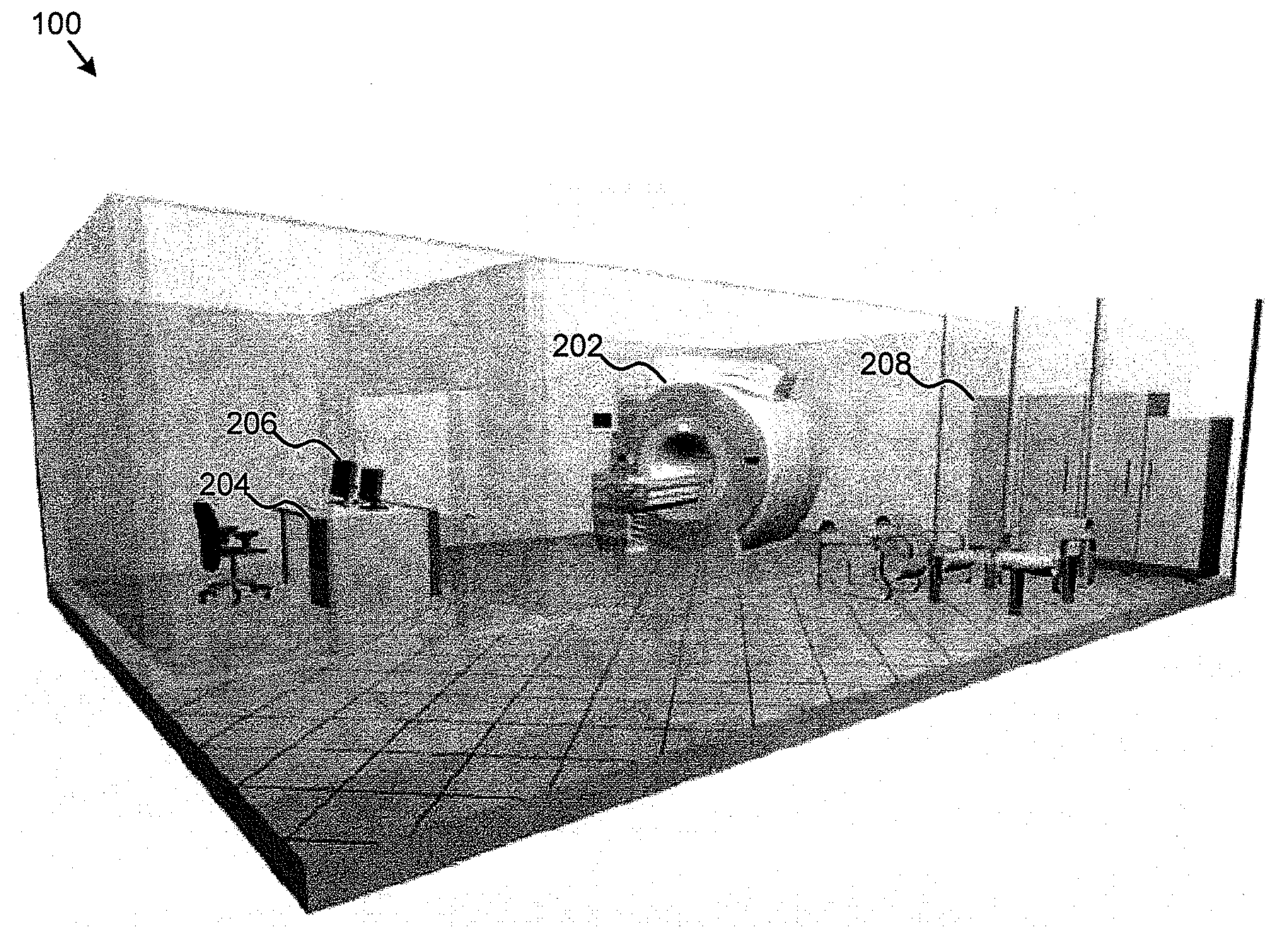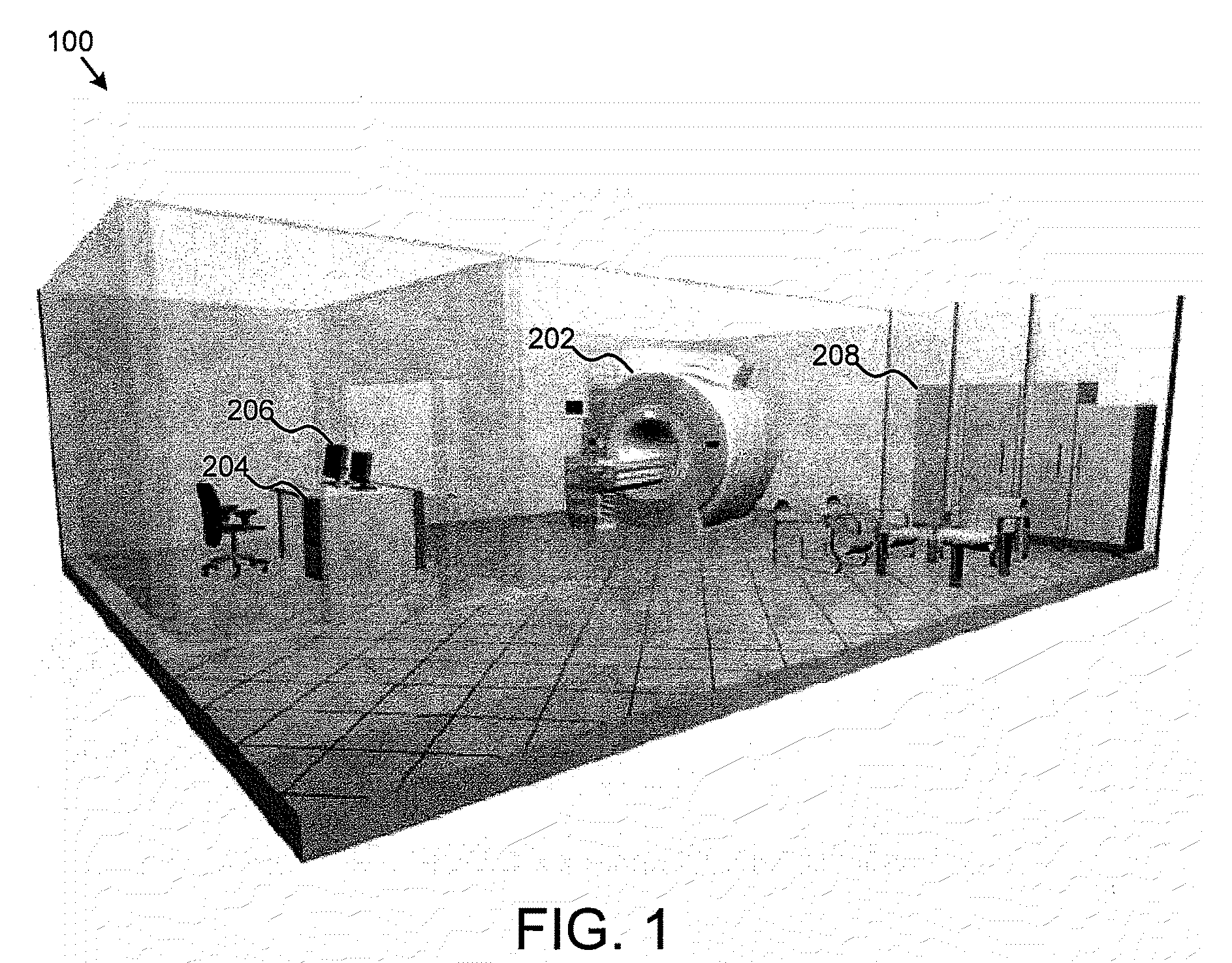System and methods for active suppression of superior tagging in flow-sensitive alternating inversion recovery
a technology of flow-sensitive alternating inversion recovery and suppression system, applied in the field of medical imaging, can solve the problems of limiting asl perfusion studies, reducing the labeling efficiency at the edge of the head coil, and unsolved problems
- Summary
- Abstract
- Description
- Claims
- Application Information
AI Technical Summary
Benefits of technology
Problems solved by technology
Method used
Image
Examples
examples
[0060]FIG. 5 is a sample result comparing traditional FAIR and selected FAIR ASST methods. In the illustrated embodiment, four FAIR ASST methods were shown to be effective, including (012, 112, 211, and 023). These methods were contrasted with the traditional FAIR method (000). In this study, the following parameters were set: TR / TE=2500 / 9.2 ms, FOV=230×230 mm2, matrix size=66×66, resolution=3.5×3.5 mm2, the number of imaging slices=16, slice thickness=3.5 mm with 20% gap, the number of measurements=110.
[0061]Additionally, quantitative perfusion studies were performed using three FAIR ASST methods (012,112, and 221) on three parts of the brain with the comparison to the control method (000). In total supply of health e-mail adults (age range 26 to 40 years) took part in this quantitative perfusion study. MRI parameters used in the study were exactly the same as those in the previous study.
[0062]FIG. 6 illustrates sample analysis results for the evaluation study in the cerebellum reg...
PUM
 Login to View More
Login to View More Abstract
Description
Claims
Application Information
 Login to View More
Login to View More - R&D
- Intellectual Property
- Life Sciences
- Materials
- Tech Scout
- Unparalleled Data Quality
- Higher Quality Content
- 60% Fewer Hallucinations
Browse by: Latest US Patents, China's latest patents, Technical Efficacy Thesaurus, Application Domain, Technology Topic, Popular Technical Reports.
© 2025 PatSnap. All rights reserved.Legal|Privacy policy|Modern Slavery Act Transparency Statement|Sitemap|About US| Contact US: help@patsnap.com



